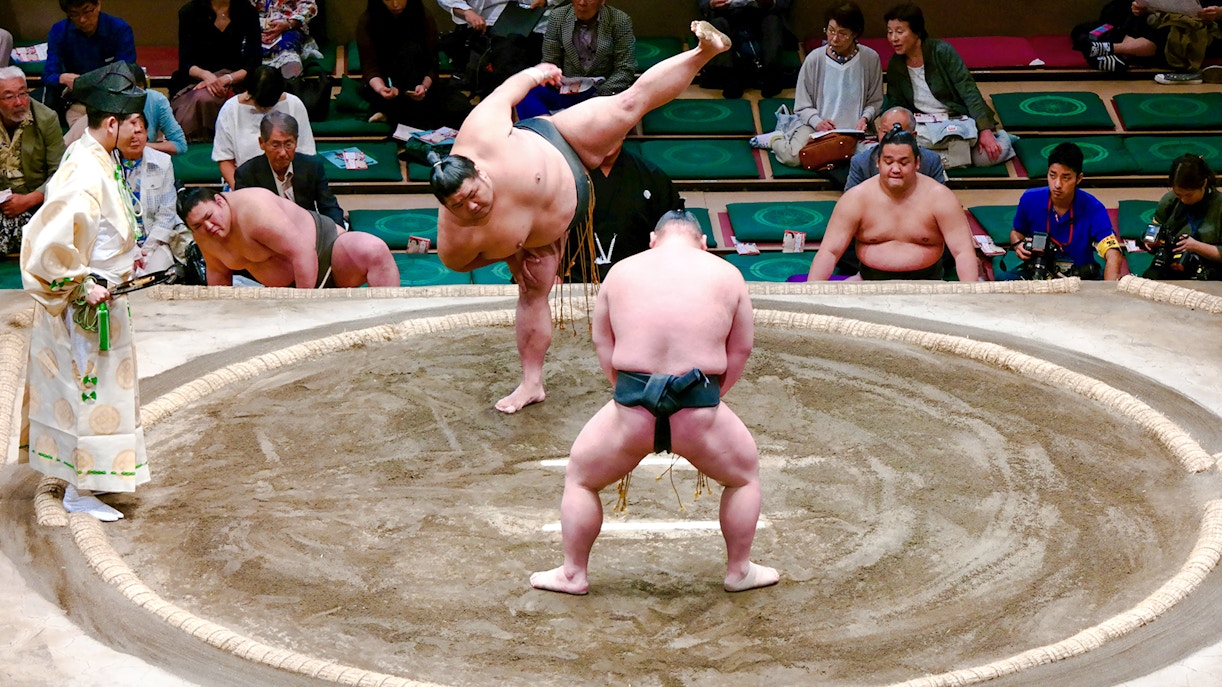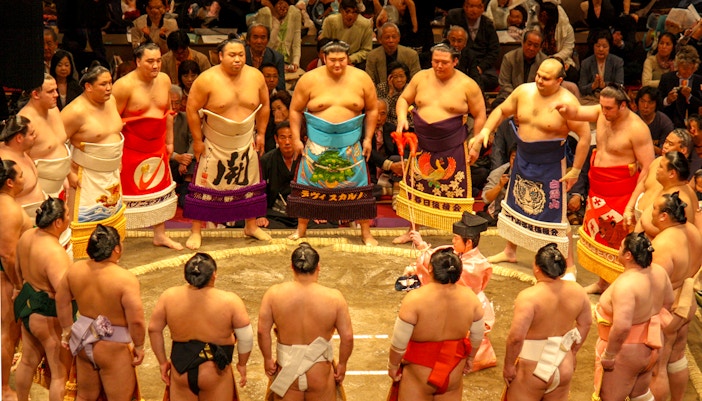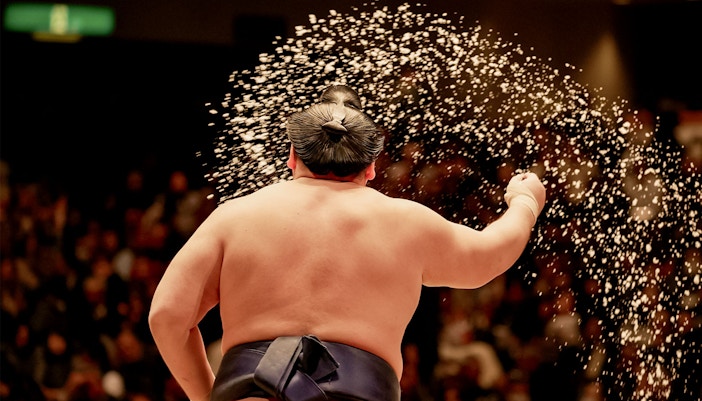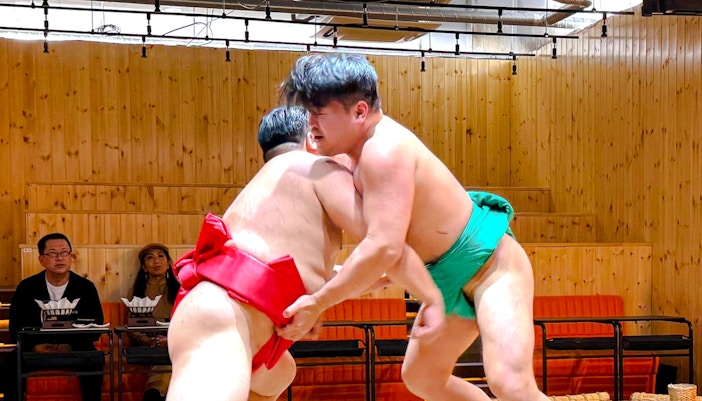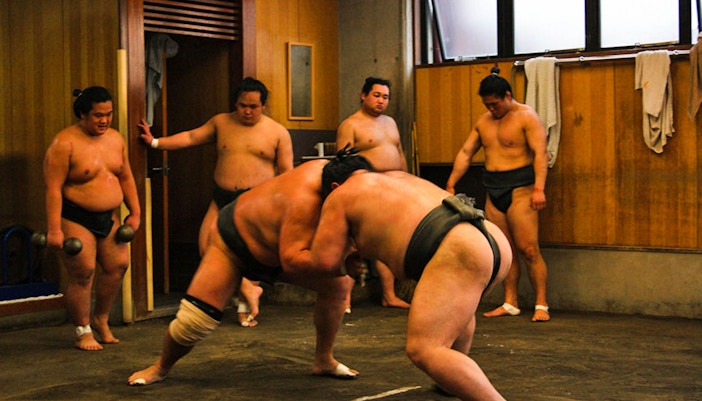Sumo has been practiced in Japan for over 1,500 years. Originally part of Shinto rituals to please the gods and predict harvest outcomes, it gradually evolved into a court ceremony during the Nara and Heian periods (8th–12th centuries).
During the Edo period (1603–1867), sumo gained popularity with the public. Matches were held to raise money for temples and shrines, while professional sumo organizations and training stables were established. Many of the customs from this era — such as topknots, ceremonial dress, and salt purification — are still followed today.
